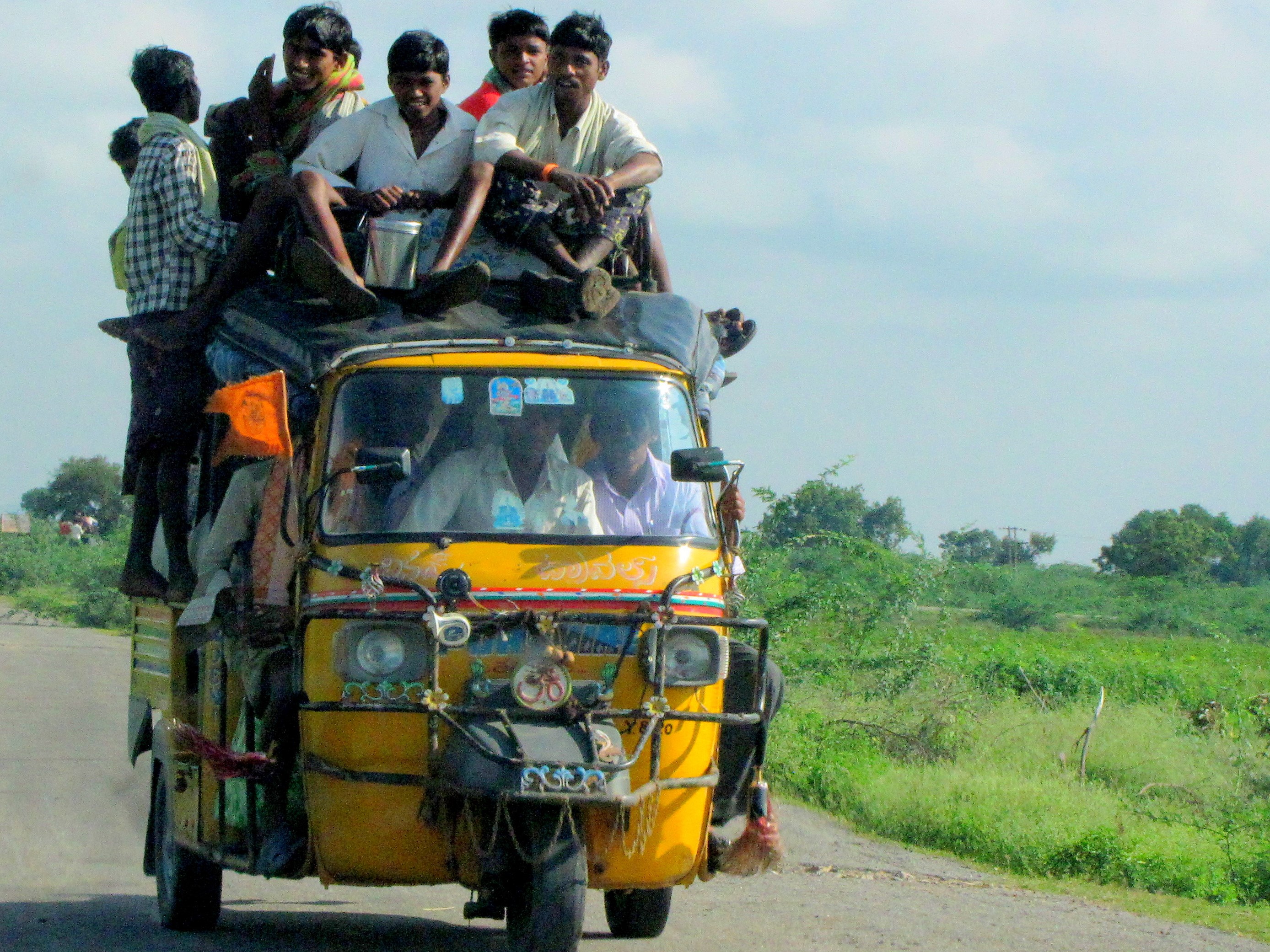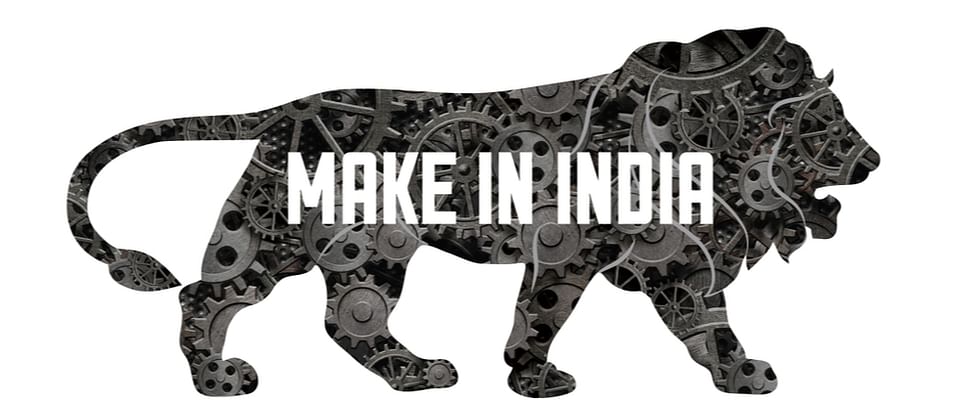The NSSO Data released a few days ago indicates that the structural transformation in the country has almost come to a halt.

Let's first understand as to what structural transformation is all about. There was a time when India had more than 70% of its work force dependent on agriculture and most of them were poor farmers with small land holdings and income. As a result, there was a need to move the surplus work force to manufacturing and services sector like insurance, transport, distribution, IT, Hospitality, tourism etc which comes up as an outcome of growth in manufacturing sector.
However, because of limited private sector investment this structural transformation was slow as most of the investment in manufacturing was done by the government and as a result the people often had to face the challenges of increased inflation and unemployment etc.
The reforms launched in the 90s had a positive impact on various aspects of economy including the manufacturing sector and as a result the surplus agricultural work force moved to other sectors where productivity and average income were higher i.e., manufacturing and modern services – financial, telecommunications and business services. Gradually on year-on-year basis the agricultural work force declined to 46% by 2014-15.
However, the cumulative impact of Demonetisation, GST, Covid and Ukraine war, happening one after the other, have stalled this structural transformation and this is exactly what the recently released data by NSSO (National Sample Survey Office) points out.
The farm sector’s share in the country’s labour market is now pegged at 45.5% which is although lesser than 46.5 % in 2021-22 (COVID year when workers migrated to rural areas) but is still higher than 42.5% in 2018-19. This clearly indicates that the economic disruptions which had caused reverse migration to farm sector and also severely impacted the informal/unorganised manufacturing sector has not fully recovered. This means that more people have got back to agriculture in recent years because they are not finding appropriate employment in manufacturing and in services sector.
So, does that mean that the share of manufacturing in GDP has slowed down?

India’s manufacturing sector as a percentage has always been stagnant; 14-17% of GDP. It touched the zenith i.e., 16-17% during 2006 to 2011 and thereafter went down to 13-15%, and is now barely 13%, whereas in developing economies it should be 20-30%, For instance, China has approx. 40% contribution from manufacturing towards its GDP.
The table below clearly indicates that something severe had hit the manufacturing sector in 2016-17 and since then it has not recovered.
|
Year |
Manufacturing as % of GDP |
|
2021 |
13.98% |
|
2020 |
13.68% |
|
2019 |
13.47 |
|
2018 |
14.88% |
|
2017 |
15.02% |
|
2016 |
15.16% |
|
2015 |
15.58% |
|
2014 |
15.07% |
|
2013 |
15.25% |
|
2012 |
15.82% |
|
2011 |
16.14% |
Hence there is truth in what Pollyanna De Lima, Economics Associate Director at S&P Global Market Intelligence stated “The manufacturing Job creation has failed to gain meaningful traction as firms reportedly had sufficient staff to cope with current requirements”.
So, even what Raghuram Rajan has pointed out is not grossly wrong, he said “With subdued private sector investment, high interest rates and slowing global growth, India is “dangerously close” to the Hindu rate of growth. We must do better”.
The data below indicates the broader point of a steady deceleration in quarterly GDP growth rates that Raghuram Rajan has pointed out.
|
FY |
GDP growth rate (in percentage) in Q3 |
|
FY2017 (April 2016-March 2017) |
8.6 |
|
FY2018 |
6.7 |
|
FY2019 |
6.2. |
|
FY2020 |
3.3 |
|
FY2021 |
1.6 |
|
FY2022 |
5.2 |
|
FY2023 |
4.4 |
Although data of one Quarter is of little consequence but when the same is seen in totality and the context , then its relevance can not be undermined.
Notwithsatnding the above, Construction has been a saviour showing a growth of 8.4% due to the demand for housing and also due to the government push on infra. However, we need to understand that construction does not provide quality jobs.
While the government has been doing its bit by spending on infra, the private sector investment has been slow to match the same for the last 3-4 years.
Ruchir Sharma in his Book ‘Rise and Fall of Nations’ says that to understand the health of economy one needs to look at the growth of manufacturing sector and so should look at the investments made by private sector.
So, the question arises ;
Why is the Private sector shying away from investments in manufacturing?
Is it that the demand is not growing?
Is it that the credit has become expensive?
Is it that the business environment is not conducive?
Is it that there is an overall lack of skilled manpower?
Is it beneficial to import as manufacturing locally is not cost effective?
Is it that there is lack of innovation?
It is now an accepted fact that if a country has to move to next level of growth and increase the per capita income it needs to improve its manufacturing sector because it is this sector which can provide large scale employment to its work force both skilled as well as semi-skilled. It is this sector which brings boom in technological capabilities and also enhance its exports which in turn reduce the current account deficit. It is this sector which subsequently leads to the growth of Services sector and we have examples of China, Japan, Germany, Singapore etc all high/middle income economies.
However, despite all the hulla gulla of MAKE IN INDIA and then Make for India our manufacturing sector has not contributed more than 14% of GDP and is now stuck below 14 % for last three years. Therefore, no wonder that our young work force is migrating to greener pastures and are contributing to others’ GDP.

Today it is difficult to find a single middle-class family who does not have one of its children studying and working in a foreign country.
In such a situation What Next ?
Becoming a three trillion or a five trillion economy is not the right bench mark that country should set because for a country of India’ size and population this target is no big achievement. The size of the economy does not give the correct picture, for instance Britain whom we have just over taken is of the size of Indian state of UP has its GDP per capita 47,317.57 US dollars almost 25 times more than India’s GDP per capita income which is barely 1900 US dollars.
There is no denying that GDP per capita income has increased over the years, but " The increase in per capita income that it(NSSO) has shown is primarily on GDP based on current prices, and if you account for inflation, the increase in per capita income is much less.” A Senior Economist Jayati Ghosh remarks. She further added, “Most of this increase has accrued to the top 10% of the population and by contrast, median wages are falling, and are possibly even lower in real terms”.
Therefore, " India becoming a USD 5 trillion economy by 2025-26 and USD 7 trillion by 2030 and may even overtake Germany and Japan in years to come" says one senior economist " will not be of much consequence".
What is to be hence seen is - Will it have the per capita income equal to these countries as mentioned above? And Will the cream be pocketed by the top 10% or will there be some equality?
For that to achieve, India will have to grow at a rate almost 8% consistently over a decade and that can happen only when the contribution of manufacturing in GDP increases to 25-30%.
